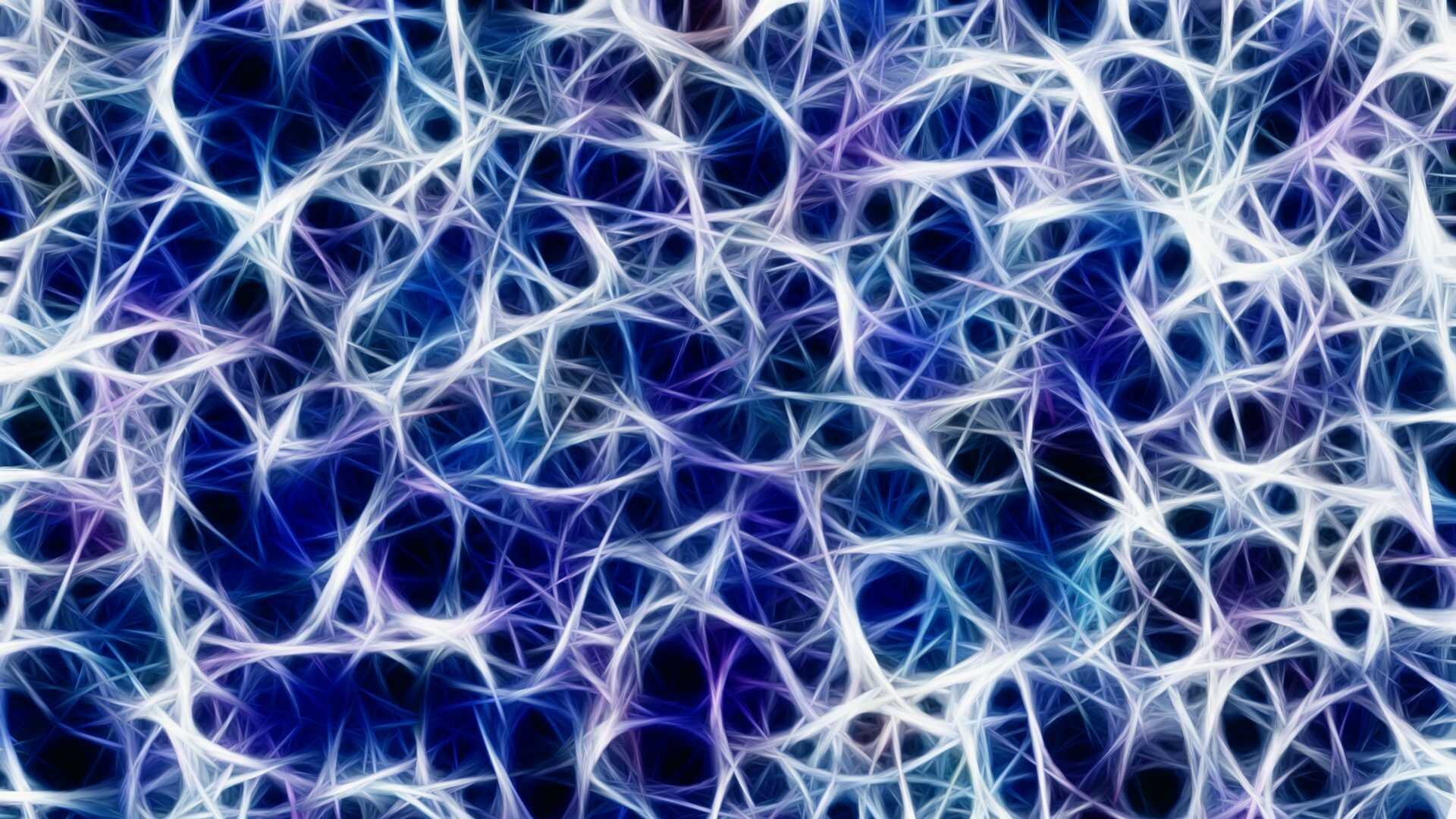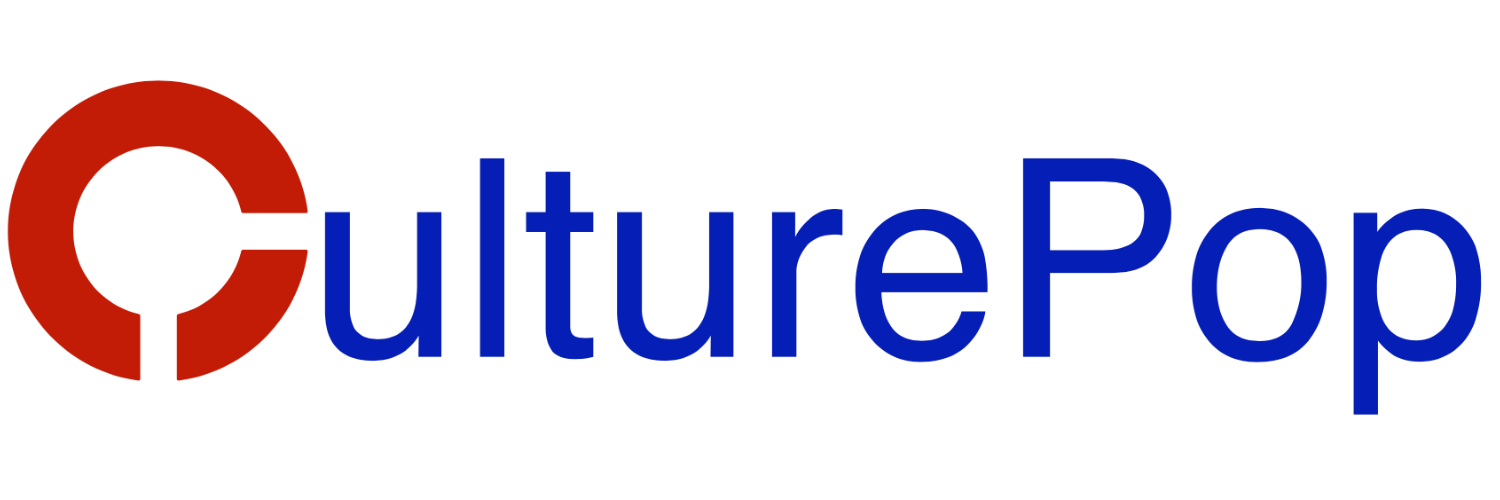
The Brain Science of Microlearning: Why It Works
In 2015, millennials surpassed Gen Xers as the largest generation in the workforce. By 2025, they will make up 75 percent of the workforce.

The Brain Science of Microlearning: Why It Works
In 2015, millennials surpassed Gen Xers as the largest generation in the workforce. By 2025, they will make up 75 percent of the workforce.

The Brain Science of Microlearning: Why It Works
In 2015, millennials surpassed Gen Xers as the largest generation in the workforce. By 2025, they will make up 75 percent of the workforce.

How we learn things shapes our memory
Humans are constantly learning new things. This ability helps us to grow and adapt to new situations daily. But a new study suggests that different learning mechanisms actually shape how the brain stores memories.

